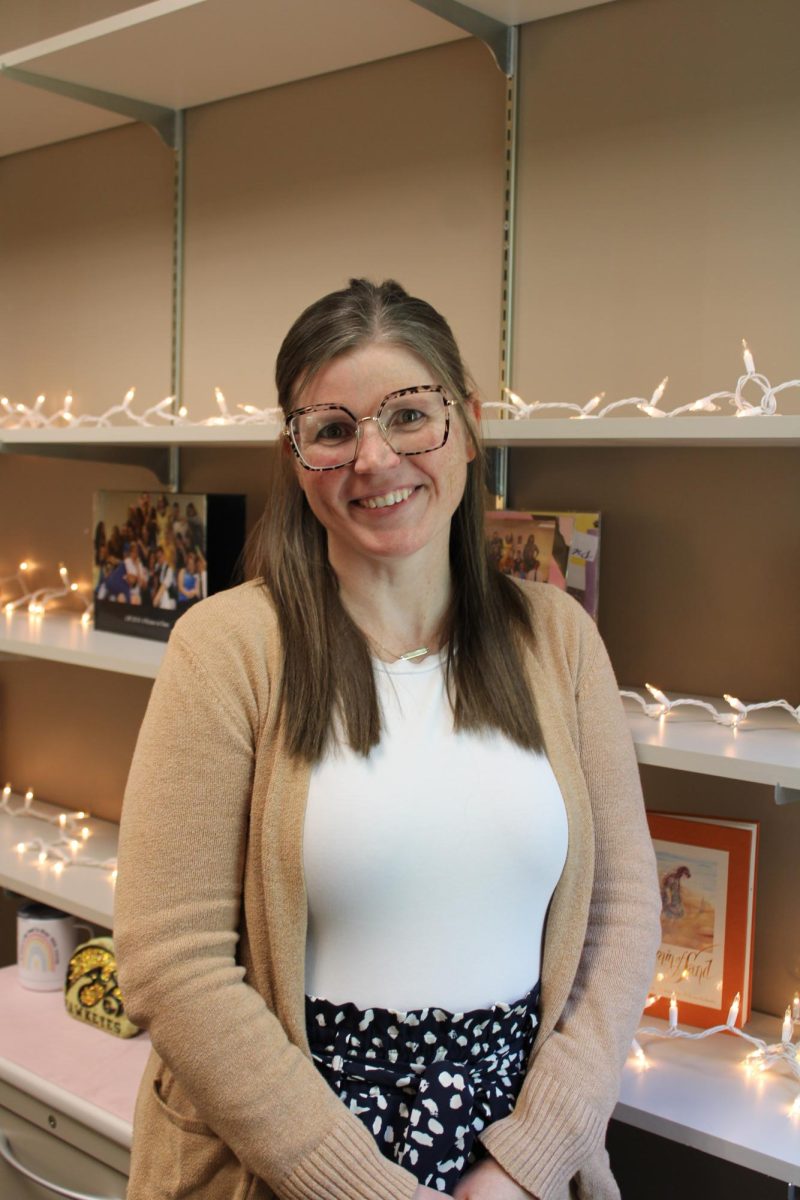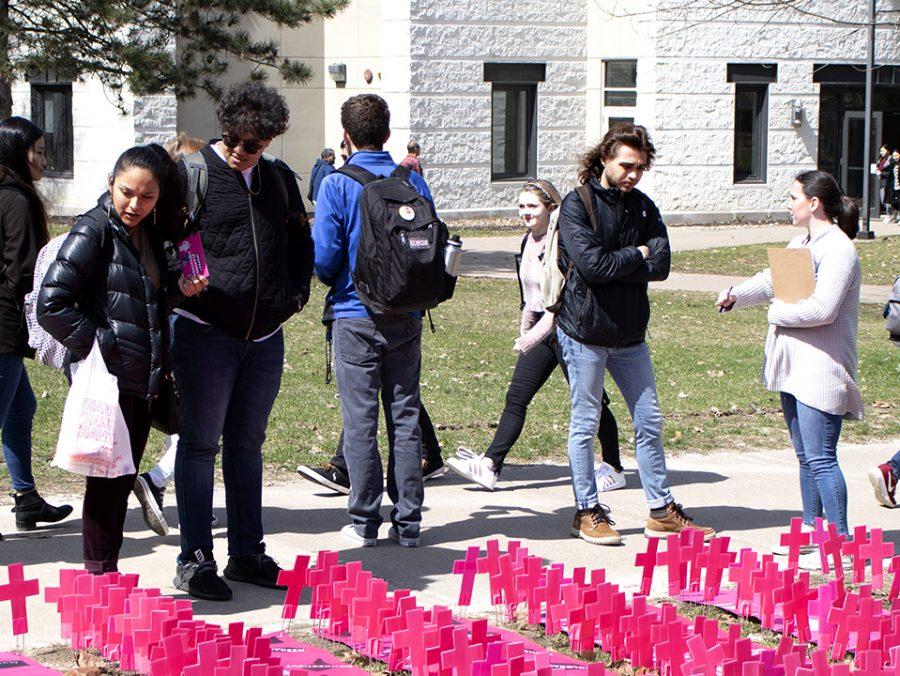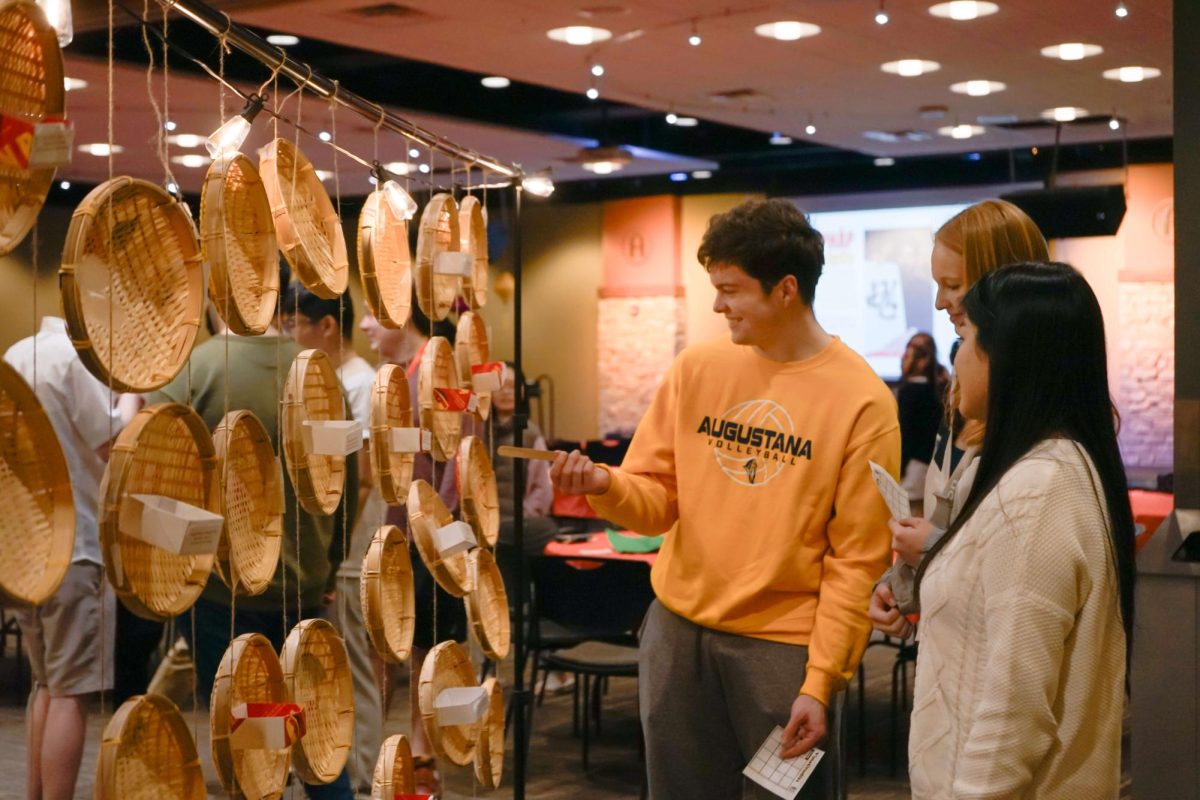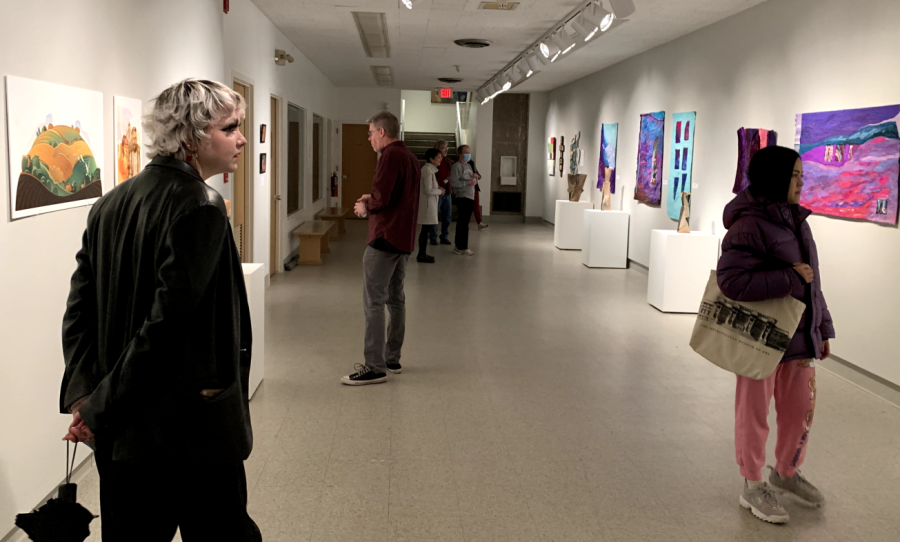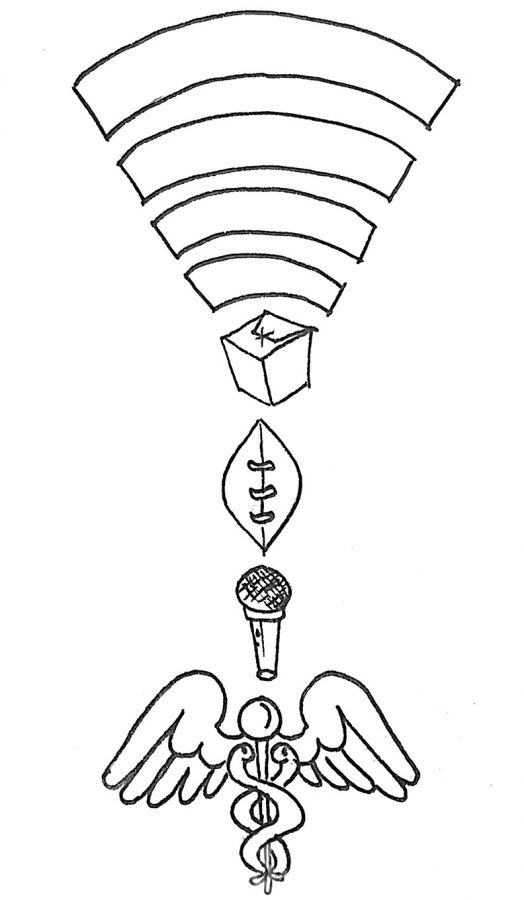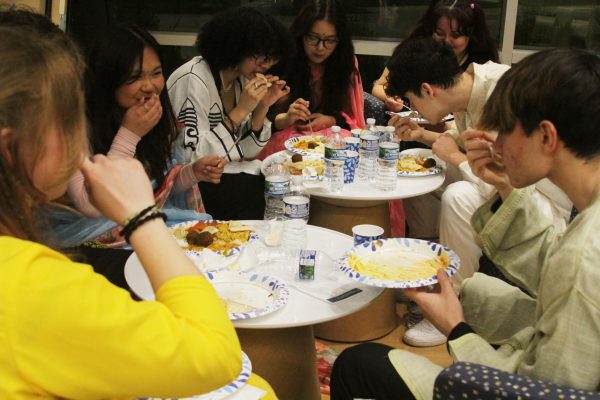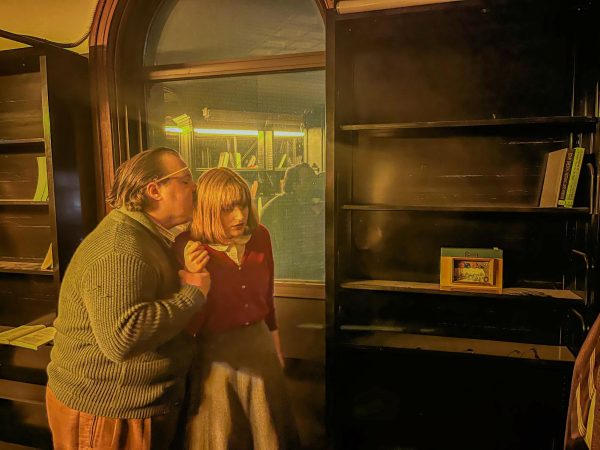Wartime sexual violence: Teaching difficult history the right way
March 4, 2022
It is one thing to include the history of marginalized people in the curriculum, but it is another thing to carefully study and teach these histories.
In the Tea Talk “Teaching Histories of Wartime Sexual Violence in a Liberal Arts Curriculum,” Dr. Elizabeth Lawrence, assistant professor of history, spoke about the integration and teaching of “comfort women” to students.
“Comfort women” is a euphemism used to refer to Asian women who were forced into prostitution by the Imperial-Japanese Army when they occupied 13 Asia-Pacific countries between 1931 to 1945.
In her presentation, Lawrence defended two arguments:
“Experience of sexual violence should not be the only thing students learn about Asian women within a given course context.”
“A critical inquiry approach that acknowledges controversy and complexity will make comfort women history more accessible, while also providing richer portraits of survivors as multi-dimensional historical agents.”
According to Lawrence, the selective portrayal of comfort women as a victim of sexual violence is problematic because it promotes a single-story narrative.
“It’s really problematic when you take something like the history of sexual violence against Asian Women in the World War II era, and you teach it in an isolated way,” Lawrence said.
While Lawrence believes comfort women’s history should be taught in school, she reminds educators to be careful in how they teach in order to avoid projecting the already established stereotype of “Asia as peculiar or even unpleasant.”
“Teach these difficult histories, but teach them the right way,” Lawrence said.
According to Lawrence, testimonies of survivor victimization are usually the key focus when students learn about comfort women’s history. However, such focus is often framed to only present the women as victims of sexual violence, without including details of their lives before and after their wartime experiences. Students don’t get a sense of women as people, they just become symbols of victimization.
“When you teach this history, you do it in a way that encourages critical inquiry, instead of asking sort of leading questions and framing your sources in a leading way, so that you’re just asking students to come to a conclusion that you already want them to arrive at,” Lawrence said.
This Tea Talk, which both students and faculty attended, was hosted on Friday, Feb. 23, and was sponsored by the women, gender and sexuality studies program.
“We can create spaces for students to be immersed in history and learn from it and ask questions about it without trivializing other cultures and supporting monoliths and stereotypes that exist for people outside of the US,” Robert Martin, senior and elementary education major, said of his key takeaways from the presentation.
According to Martin, attending diverse cultural events on campus has been a great learning experience.
“When I go to different events, especially different cultural events, I always learn something that pertains to what I care about and where I’m going as an educator or a teacher,” Martin said. “And it always humbles me to know that I can learn from people completely different from me. And now, it also helps me to better appreciate the difference.”
Lawrence’s presentation provided valuable insight regarding inclusivity in the learning and teaching of history. To carefully teach the history of comfort women is to deviate from the single-story narrative and approach learning through critical inquiry.
